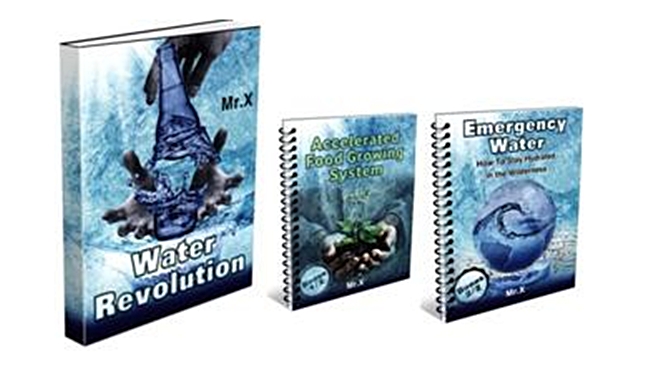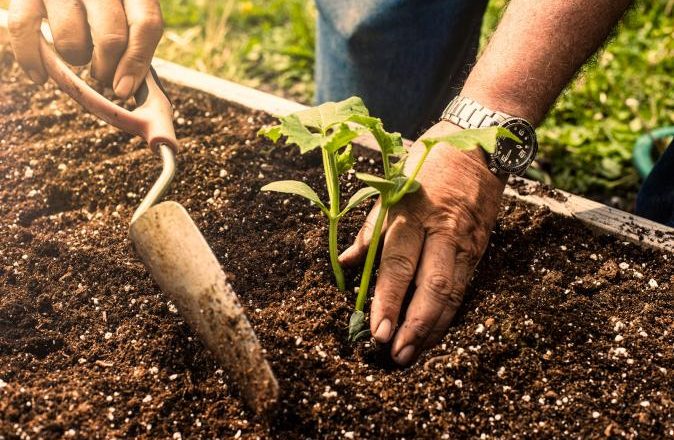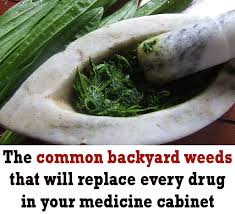If you don’t have room for a garden, or only want to grow a few vegetables, planting in containers is the best way to go. Almost any vegetable can grow in a container and with a little care can produce abundantly. Here’s how to get started.
Tools and Materials
•Containers of various sizes
•Sterilized potting soil
•Shovel
•Trowel
•Drip or hose irrigation
•Fertilizer
It’s All In the Pot
When selecting a container, remember that bigger is better as far as ease of maintenance and size of harvest. Half whiskey or wine barrels or similar-sized pseudo terra-cotta containers are large enough to accommodate vegetables such as large tomatoes, eggplant, and squash, with room to spare for companion plantings of smaller choices such as carrots and lettuce.
Five-gallon containers can hold dwarf tomatoes, peppers, beans, and many small leafy greens. A window box is even large enough to grow radishes and arugula.
And In the Soil
For proper drainage, containers need to have holes in the bottom. Also, use only sterilized potting soil. Garden soil may contain diseases and may not be well drained.Because you’re planting in such a small space, you’ll have to be very conscious of watering and fertilizing regularly. Water with drip irrigation or by hand whenever the soil is dry 4 to 6 inches deep.
Fertilize every two weeks with a water-soluble fertilizer for vegetables, or add controlled-release fertilizer at planting time, supplemented with a water-soluble fertilizer when needed. For large containers, mulching with straw or bark conserves moisture.
Best Plant Combinations
Containers allow you to plant combinations that are both edible and attractive. For example, try creating a salad container with different colors of leaf lettuce, a bush cucumber, a dwarf patio-type tomato, and even herbs such as parsley. How about a tomato sauce barrel with a tomato plant in the center, herbs such as oregano and basil on the sides, and onions interplanted between the herbs? Or a root crop roundup container with beets, carrots, radishes, onions, and parsnips in a foot-deep container?
Tips
•Choose bush varieties oflarge vegetables such as squash.
•Production may be less than with full-sized kinds, but plants will be much easier to care for.
•To save space, consider growing some plants up. Choose pole beans over bush beans, and trellis them along the back of a container. This leaves space in front to plant other vegetables.

source : Home Garden




